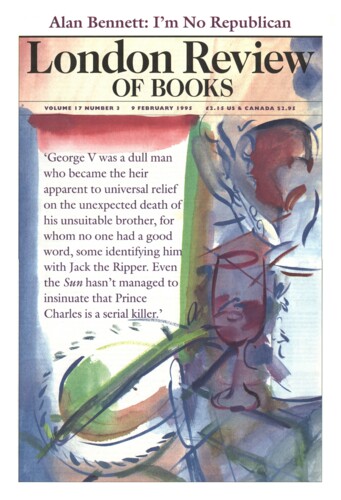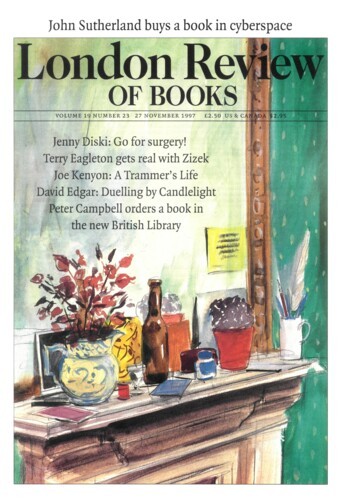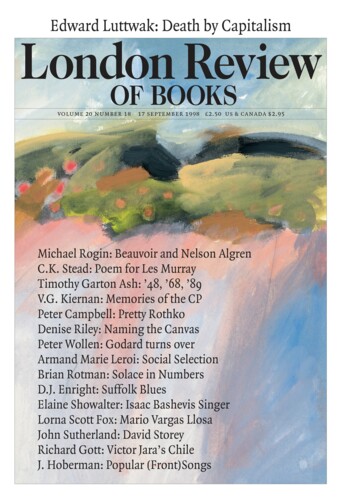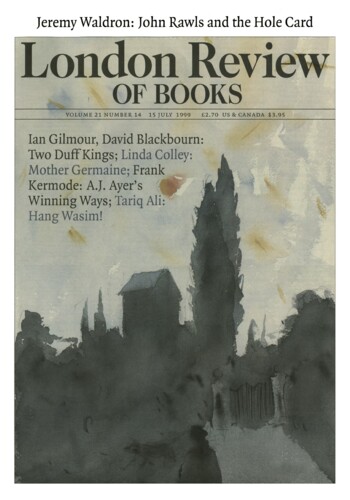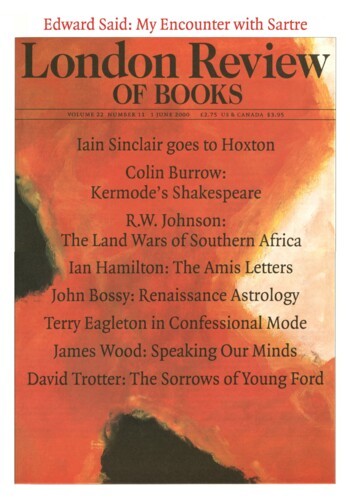What the Yarrow Stalks Foretell
Brian Rotman, 9 February 1995
In those heady days more than twenty years ago, a slew of foreign invaders – Tibetan prayers, the Katmandu trail, ancient Chinese manuals, Yogic trances, the sayings of Chairman Mao, Zen koans shamanism, Egyptian rituals, Warrior cults, and the dreamscape of Mexican mushrooms – burst through the Eurocentric enclosure of our upbringing, announcing the age of Aquarius. Then times changed, and we and/or history drew a line in the sand under these alien forms of discourse. Most of us were left with traces of them, though. Where Chinese things were concerned, there was Sun Tzu’s Art of War, for example. I wasn’t a Maoist, but I got a frisson from the idea that in the period of the Waning States, jobbing intellectuals like Sun Tzu were boiled, pickled, sawn in half or otherwise executed, if their manuals gave bad advice to the prince Sun Tzu’s book survived courtesy of the Chinese principle of paying the doctor only if he cures you. I wasn’t a hippy either, but I encountered the I Ching. My meeting with it wasn’t a prolonged one, and this was a pity, for it, too, is seriously in the advice business and has somehow survived from an even more remote time than Sun Tzu. Now, the repressed returns and I have to take the great classic seriously.’
